ד׳ אייר ה׳תש״פ | April 27, 2020
Conviction, Confidentiality and Discipline
3 Iyar is the yahrtzeit of Rabbi Chaim Mordechai Eizik Hodakov, the Rebbe’s chief of staff and director of Merkos L’Inyonei Chinuch for 50 years.

3 Iyar is the yahrtzeit of Rabbi Chaim Mordechai Eizik Hodakov, the Rebbe’s chief of staff and director of Merkos L’Inyonei Chinuch for 50 years.
By Rabbi Michoel Seligson
Rabbi Chaim Mordechai Eizik Hodakov, chief of the Rebbe’s secretariat for more than 40 years, was born in the Russian town of Beshenkowitz in 1902 on the 4th of Shevat to Harav Hagaon Reb Sholom Yisroel, a descendent of Chabad Chassidim and to Chaya Treina Hodakov.
Two years after his birth, the family moved to Riga, Latvia, where he was brought up under the auspices of the famous gaon and tzadik Reb Yoel Barantzik. As a young man, he began spreading Torah and Yiddishkeit and the famous Chabad chossid, Reb Mordechai Dubin, the leader of Agudas Yisroel in Latvia and a minister in the government, directed him to utilize his shining talents in chinuch.
During WWI, Jews from Czarist Russia, driven away under suspicion of aiding the Germans, arrived in Riga. These refugees lived in a desolate life, especially in regards to their children’s chinuch. Reb Yoel Barantzik created a group, “Tiferes Bochurim” to introduce the youth to evening shiurim of Halacha and Mishnayos. Rabbi Hodakov was one of the two people responsible for organizing and supervising these activities and he successfully rallied many students around him.
Rabbi Avrohom Godin, one of Rabbi Hodakov’s students in Riga, recalled:
“The Torah V’Derech Eretz school in Riga was founded in 1920. A year later, a branch was established for girls. Rabbi Hodakov was 18 years old, when he was appointed the principal of the Torah V’Derech Eretz school by Rabbi Baranzik. He ran the school as if he were an experienced educator.
“When we arrived in the morning, Rabbi Hodakov was already there and he would remain there until late at night. He followed the growth of every student and encouraged and assisted each of them. The school attained a notable reputation and parents from nearby cities became interested in registering their children. Within two years, there was no space for new students. In the following years, branches of this yeshiva were established in Dwinsk, Lepo, Rezekne Karasovo, and more.
“The spirit behind the growth of the school was Rabbi Hodakov, who was involved in the development of each student. All of his thoughts and ideas were invested in the yeshiva. He demanded endless devotion from the teachers and constantly urged them and the students to increase the quality of their spiritual and religious growth, as well as their attainment of knowledge. He encouraged the teachers to go for higher degrees and credentials, in order to attract students from intellectual families.”
On one occasion, when one of the Chabad Chassidim wanted to transfer his daughter to a public school, in order to receive a more distinguished certificate, the Previous Rebbe instructed him to return the child to the Torah V’Derech Eretz school.
When Rabbi Hodakov was appointed a member of the city Board of Education, he arranged that the Torah V’Derech Eretz schools should be recognized officially. The Board complied with his request and the schools became to receive the same financial support that all the public schools received.
A significant increase in Jewish chinuch took place in Riga when the Previous Rebbe arrived in late 1927 for Simchas Torah, and stayed for the next five years. Rabbi Hodakov met the Previous Rebbe for the first time. During that period, when Rabbi Hodakov was exerting so much of his energy in the Torah V’Derech Eretz girls school, a new organization, “Achos Tmimim” was founded to provide Torah and Chassidus shiurim for girls from other backgrounds.
Towards the end of the month of Tishrei in late 1927 on Shabbos Parshas Noach, Rabbi Hodakov met the Previous Rebbe’s son-in-law for the first time. Their meeting s marked the development of the respect of the young educator to the Rebbe.
Rabbi Hodakov never spoke about himself or his personal experiences. Still, he considered this experience very exceptional and he described that eventful Shabbos meeting.
“I entered the house of the Previous Rebbe on Motzoei Shabbos and I saw this wonderful scene. The new guest from Yektarnislav was saying ‘Vyiten Lecho’. He stood and held the siddur with both hands, and said it quietly and simply. It is difficult to describe but it ‘caught’ me completely. In the moment when I saw the guest, I saw and sensed truth in its pure genuine manner. In that ‘Vyiten Lecho’ I saw the truth itself”. Seven years later, when Rabbi Hodakov again met the Rebbe, the Previous Rebbe alluded to the relationship that was to develop in the future years.
In August 1934, Rabbi Hodakov was appointed the head of Jewish education for the Latvian Ministry of Education in Riga and a new era began. Rabbi Hodakov reviewed all of the Jewish schools and realized the extent of the ignorance of Jewish tradition. He instituted the study of Tanach and traditional Judaism. A struggle began when Rabbi Hodakov instituted a rule requiring the wearing of yarmulkes when teaching Tanach. Over the course of time, Rabbi Hodakov replaced the non-religious teachers with religious teachers who accepted the guidance of Rabbi Hodakov’s appointed board.
In the schools and homes, a Jewish atmosphere was felt. Young children began lighting Shabbos candles and coming to shul with their parents. The atmosphere in the street slowly began to change, with children beginning to wear yarmulkas.
In 1935, the Previous Rebbe was living in Warsaw and Rabbi Hodakov, the senior representative for Jewish matters in the Latvian Education Ministry, arrived in the city and was invited to the Rebbe’s table. That Shabbos, the son-in-law, the Rebbe, was also present. The highlight of this Shabbos seuda was a Maamor, a Chassidic discourse, delivered by the Previous Rebbe for the small group of four people present. The primary concept of the Maamor was the meaning of Divine Providence. A while later, when Rabbi Hodakov entered Yechidus with the Previous Rebbe, he was told, “This Maamor will bring you a benefit”.
Rabbi Hodakov told this experience without elaborating but it was clear that he understood from the Maamor and the Previous Rebbe’s words that he and this person- the Previous Rebbe’s son-in-law- were going to be attached in an unusual way.
In 1940, the Previous Rebbe escaped to the U.S. from Poland. The Previous Rebbe saw his settlement to the United States, as a means to demonstrate that “America is no different”. He chose a first class chinuch man, as the most appropriate person to stand at his side in the work awaiting him in the U.S. Rabbi and Mrs. Hodakov were asked to accompany the Previous Rebbe and became a part of the official entourage. They were among the few families who received this privilege.
Rabbi Hodakov recalled that while on the boat, he was instructed to create plans for working with the youth and publishing Judaica literature, to spread Yiddishkeit in the U.S. in the fields of chinuch.
Some time in 1942, after their arrival in the United States, the Previous Rebbe appointed him Director, Merkos L’Inyonei Chinuch, the educational arm of the Lubavitch movement; Machne Israel, the social service arm; and the Kehot Publication Society, all under future the seventh Rebbe’s chairmanship.
In the following years, Rabbi Hodakov participated in many distinguished Rabbinical conferences and an eloquent speaker, left a deep impression on the world of Torah and Rabbonus. In the month of Tishrei, he would address the conference of the Lubavitch Youth Organization, outlining the activities for the new year, based on the Rebbe’s talks and directives.
In 1951, when the Rebbe assumed the nesius, the leadership of the worldwide Chabad-Lubavitch movement, Rabbi Hodakov became the head of his Secretariat. He was later appointed chairman of Agudas Chassidei Chabad, the umbrella organization that oversees the worldwide network of Chabad-Lubavitch organizations and institutions.
Rabbi Binyomin Klein, a member from the Rebbe’s secretariat, who had a close relationship with Rabbi Hodakov and was a confidant of his, recalled the following:
“Rabbi Hodakov was an unusually modest and private person. In general, he never spoke about himself, unless there was a lesson he wanted to convey. The Rebbe would refer people to Rabbi Hodakov in response to the many questions on chinuch which were sent to him. In the first years of the Rebbe’s nesius, Rabbi Hodakov would also give a shiur for the students in the sefer Chovas Halevovos.
“Rabbi Hodakov was the connection between the Rebbe and the world. He would bring people into yechidus with the Rebbe and sometimes would request that they conclude the yechidus, an act demanding much tact and diplomacy. He would also follow up with people who had been in yechidus. This included phone conversations, which he would later report to the Rebbe and receive directives.”
In his actions, it was obvious that two central characteristics existed at the same time; total commitment to the Rebbe as well as utilizing his intellect and intuition. People older than today’s youth remember when the Rebbe would sit entire nights accepting people in Yechidus. Prior to the Yechidus, Rabbi Hodakov would enter the Rebbe’s room with a list of those with appointments that evening. At the conclusion of the Yechidus, he would enter to receive directives relating to that night’s Yechidus. He was totally dedicated to his work and never took a vacation. In later years, when he was elderly and weak, he continued coming to 770, as much as he was physically able.
A central feature of Rabbi Hodakov’s personality and work was preserving time. We can say without exaggeration that this Yid did not waste a moment
Over the years, the Rebbe would notify his secretaries if he would be delayed for the 3:15 Mincha minyan. Rabbi Hodakov pointed out that some people might be comfortable waiting without appropriately utilizing the time. He would say, “How can one do this? It is definite that the reason the Rebbe notified us of the delay, was so that one should fill the time with content. How can one just waste these moments?” Another interesting anecdote relates to Rabbi Hodakov’s wedding day. Rabbi Hodakov reportedly went to work and from there, he went to his wedding.
Being discrete was natural to him and he also instituted this as an iron principle in the work of the secretariat. One should not discuss private matters, relayed from the Rebbe to individual people. If anyone wrote a letter to the Rebbe, and Rabbi Hodakov had the Rebbe’s answer, he would not deliver the message to any other family member, even to that person’s wife. The same was true when the wife wrote to the Rebbe. Rabbi Hodakov would hand over the Rebbe’s response, and the paper would be folded and the answer concealed, in order that there be no discomfort or concern that Rabbi Hodakov was aware of the Rebbe’s answer.
There were two facets to Rabbi Hodakov’s personality; as a leader, he was strong in his convictions but also knew how to concede to others. He knew how to juggle these two traits. When he needed to admonish someone he would do so indirectly, by telling a story from a Medrash or giving over a parable to convey his message. An additional fact needs to be noted. Rabbi Hodakov was very careful, even if it was difficult, not to relay a negative message about anyone to the Rebbe. On more than one occasion, the Rebbe expressed displeasure about an action taken by one of his secretaries. Rabbi Hodakov would always accept blame and never told the Rebbe that he was not responsible. He was extremely careful about slandering anyone to the Rebbe.
In addition to his twenty-four hour responsibilities Rabbi Hodakov maintained a relationship with his students in the 1920’s and 1930’s in Riga. He would remember with sorrow, the students who were killed in WWII, and worked tirelessly to locate those who had made it through the war. He corresponded with them, and encouraged them to strengthen themselves. Rabbi Hodakov influenced educators from different yeshivos, to develop alumni gatherings for their students, in order that they all keep stay in contact with each other, serving both a spiritual and physical benefit.
Rabbi Hodakov was always creative in establishing new ideas and would concentrate on fields not yet fully developed. For example, establishing activities for the orphans of Israeli veterans was actually his idea originally. He was constantly concerned about the condition of deprived people needing assistance.
In summation, Rabbi Hodakov was a soldier; indeed, he was a leader of many distinguished mosdos and was involved in many great projects who conducted himself as a soldier. His aim was to fulfill the Rebbe’s directives. He had no other desire. In everything, he was very particular that it should be done with truth and honesty. When Rabbi Hodakov placed a personal phone call from the office, he would immediately drop a few coins into a specially designated box.
Rabbi Hodakov was a vigorous and resolute activist who introduced many educational ideas and programs. His advice is compiled in a book on education, “The Educator’s Handbook”. He was a role model for many young Chassidim in his devotion to the Rebbe.
In his service of Hashem, he kept numerous hiddurim. Although his job demanded exhaustively long evenings leading into the early hours of the morning, he utilized every moment for Torah study. His bitul to the Rebbe was amazing. Despite entering into the Rebbe’s room many times daily, prior to doing so he would prepare himself. He was observed straightening his clothing, as if it was the first time that he was entering the Rebbe’s room.
While a man of great vision, he never lost sight of the details. For instance, while briefing two Rabbinical students in 1976, in advance of a summer outreach project to countries behind the Iron Curtain, he told them not to forget to bring kosher candy to give to Jewish children along the way, and to verify that lard was not being used in the bakeries.
He demanded total commitment to the welfare of the Jewish people. When a young couple would be sent to a community as permanent Chabad-Lubavitch representatives, he would instruct them with great passion on their responsibility to every Jew, regardless of background or affiliation. If that Rabbi would return to Brooklyn for a holiday, Rabbi Hodakov would ask if all the needs of the community had been taken care of before he came to New York.
Prior to his ptira, he suffered a brief illness and was taken to the hospital. On Thursday, he became very weak and his last words were, “We need to leave this false world and become closer to the truth”. He was nifter on Friday night, the third of Iyar, 1993 at the age of ninety-one.
Yehi zichro boruch.
NOTE: The article was originally written in 5768/2008.
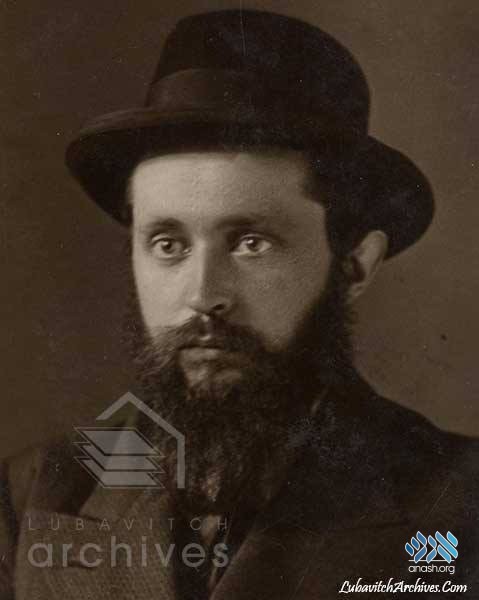

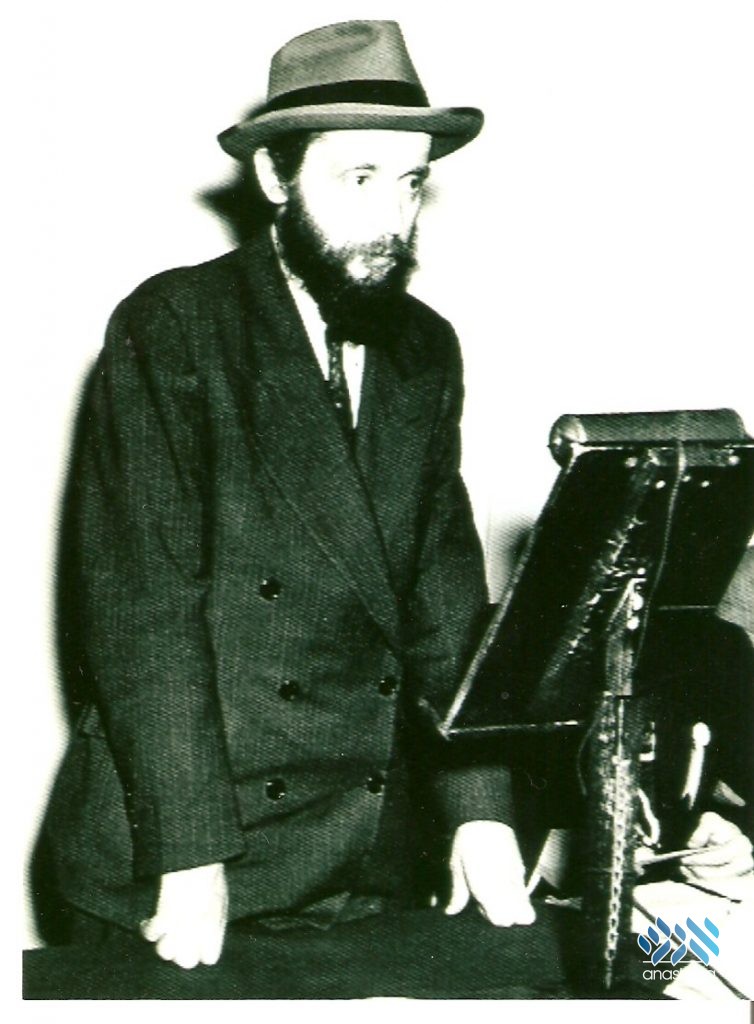
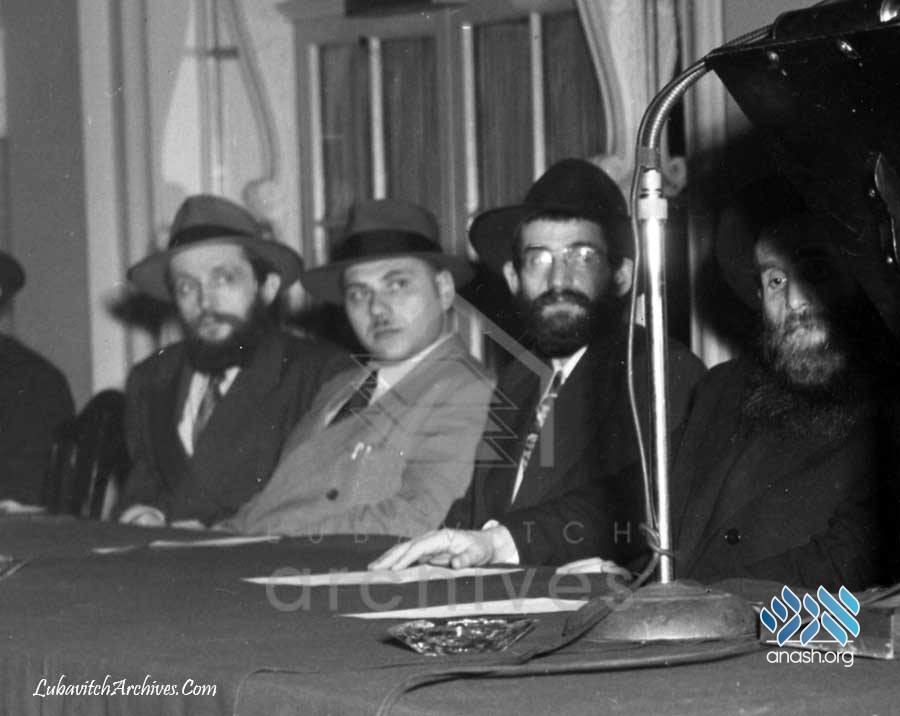
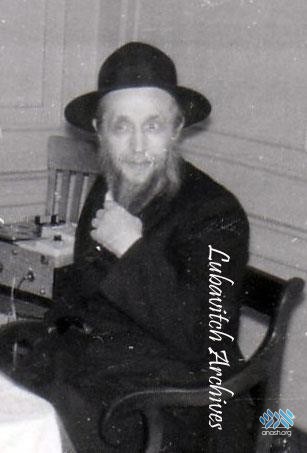


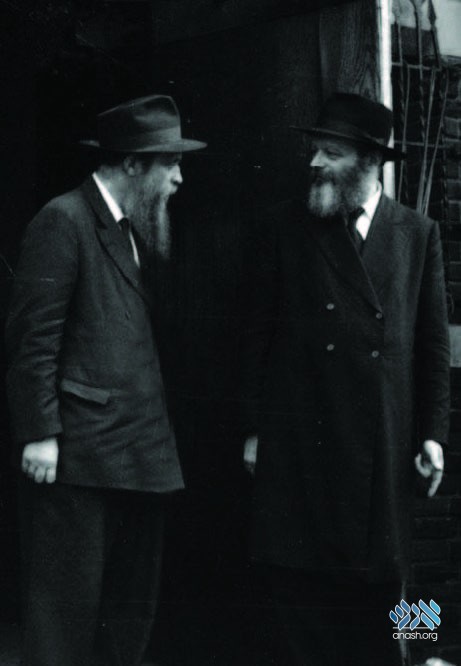


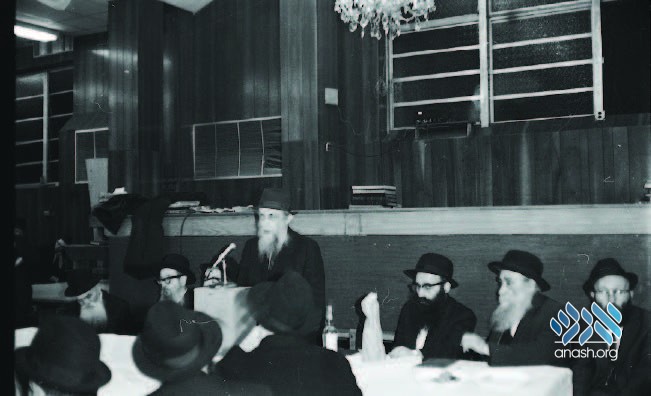

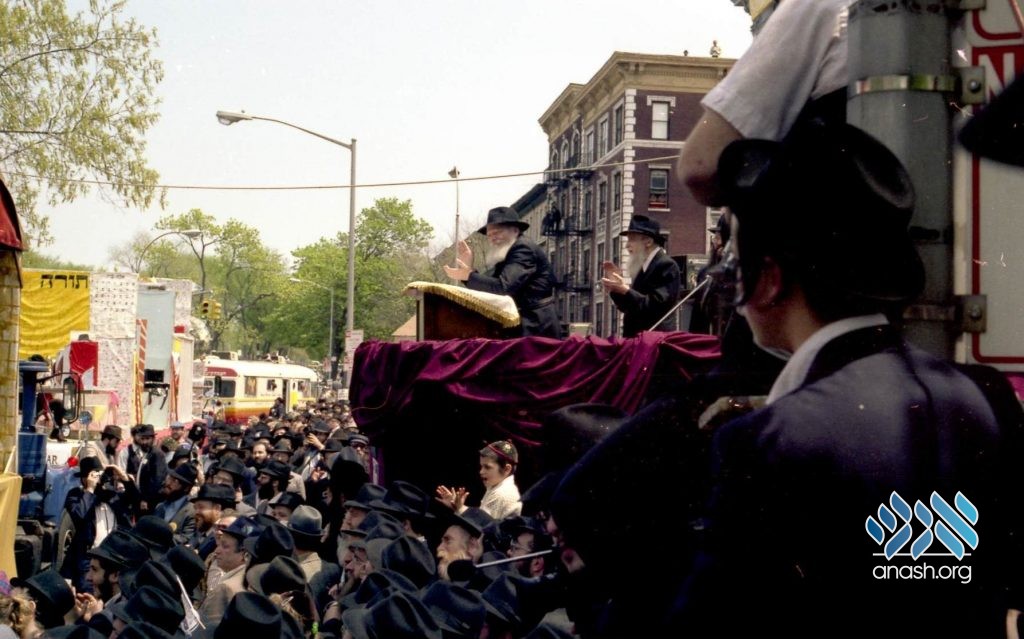


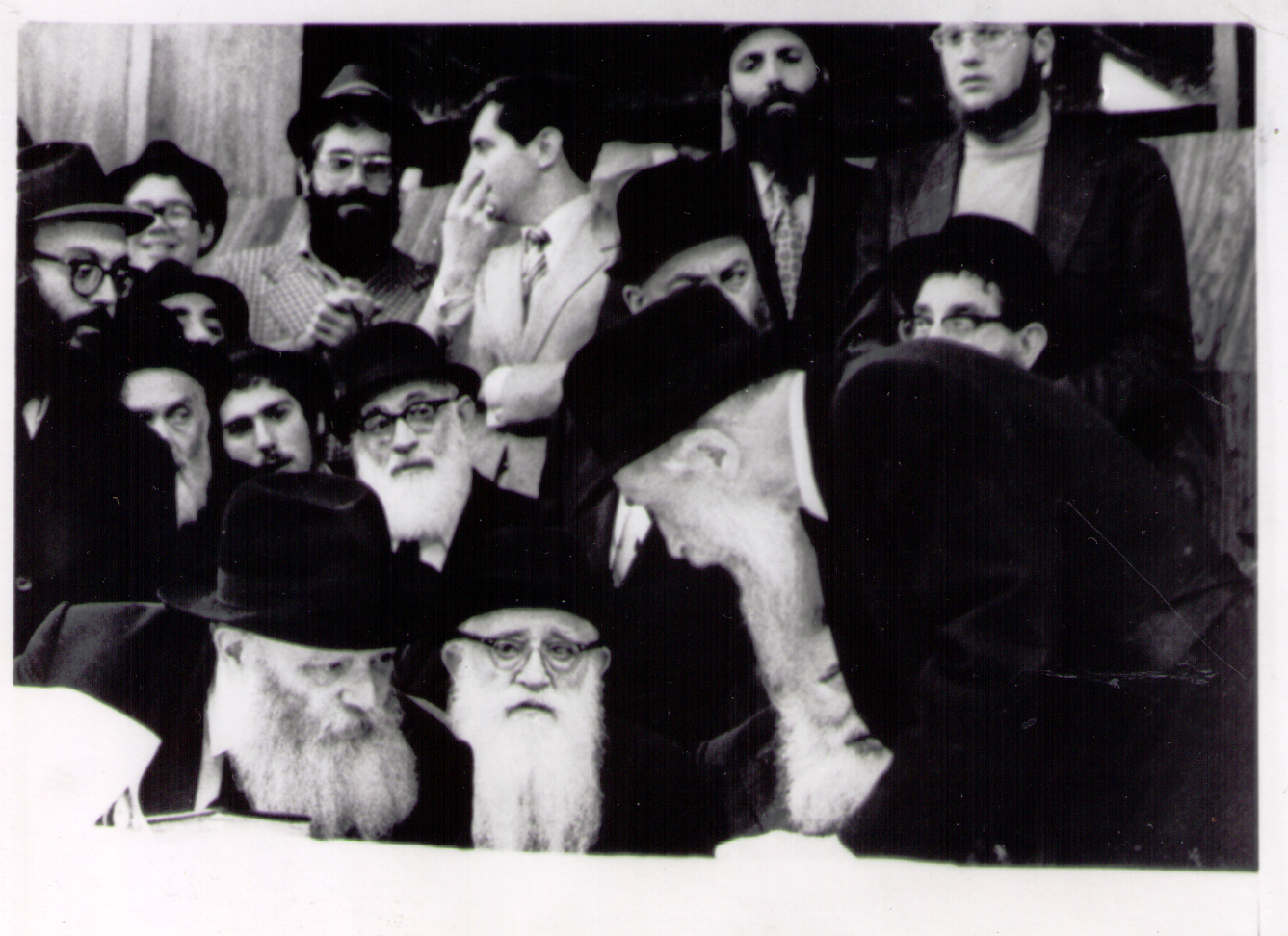


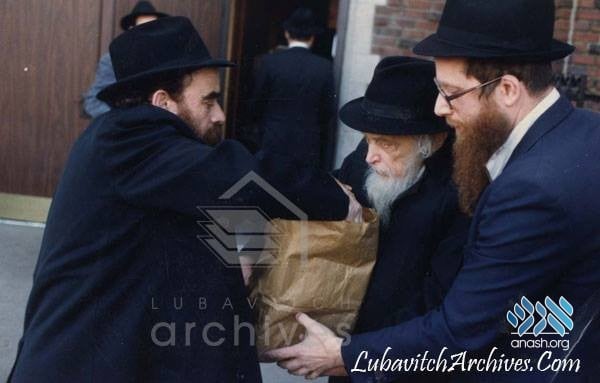

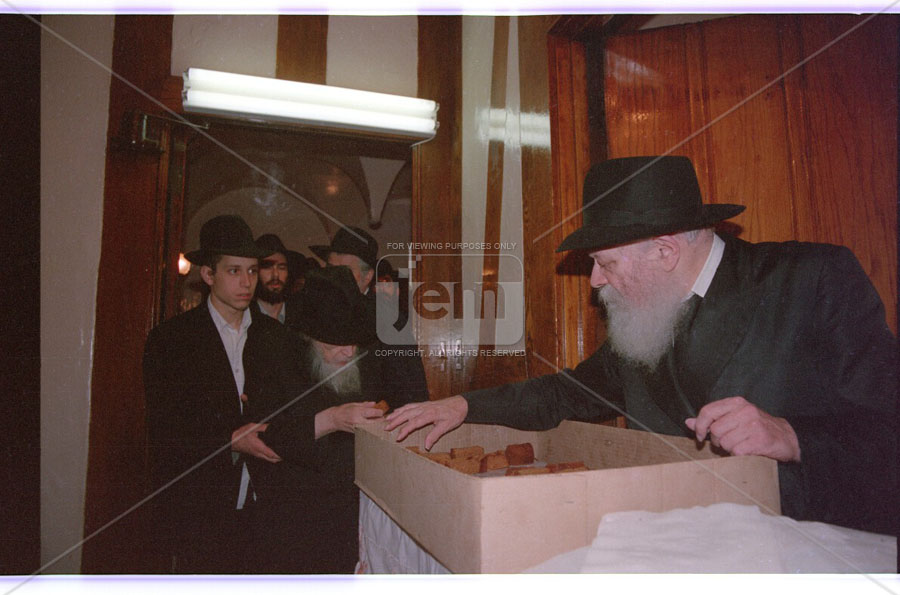
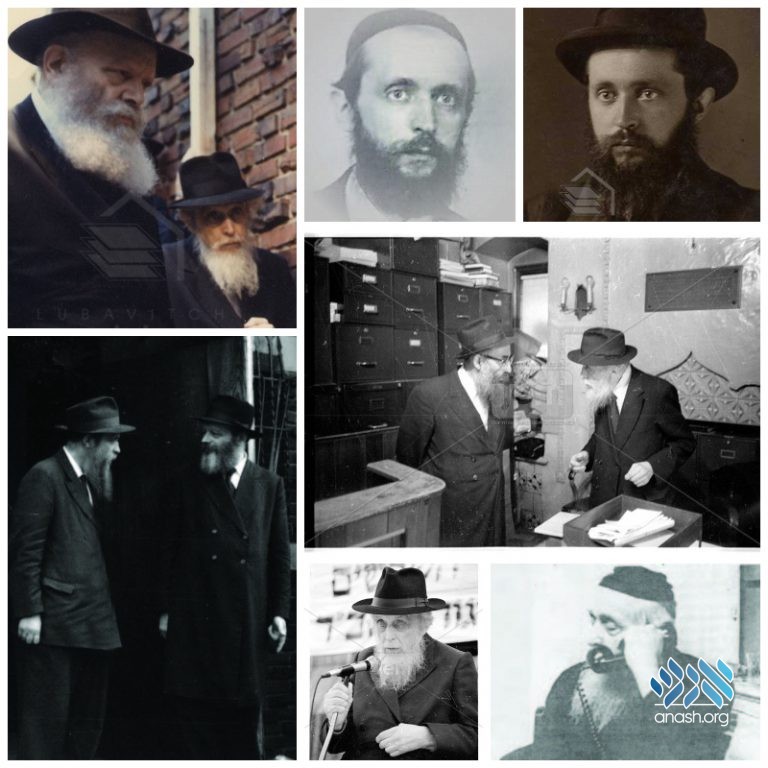
It was sometime in the mid-‘Mems’ (1980s) and I was sitting learning downstairs in 770.
I remember some sort of asifah taking place on the dais. Someone got up to speak and I recall thinking what a clear and a commanding voice they had. My focus was in the learning and I did not look up to see who was speaking. But my curiosity got the better of me and I did raise my head to see who it was.
I distinctly remember how amazed I was when I realised it was Rabbi Hodakov. Bearing in mind how frail and bent over he looked his voice and delivery was still so strong and articulate.
Rabbi Hodakov and The Rebbe’s were intricately linked from the first time they met, but they shared a closer bond yet. Both being born in the same year, 1902, and passing away just a year apart.
Once a chaver of mine commented about the comparison in appearance of he and the Rebbe.
He put it thus: When Moshe Rabbeinu was up on Har Sinai for 40 days and 40 nights he neither ate nor drank nor slept during the whole time. What do you think he looked like when he descended?
You may think he would have looked like Rabbi Hodakov, No, he had the shining and radiant face of the Rebbe.
This is not meant to be disrespectful of Rabbi Hodakov who gladly gave all his kochos to the Rebbe and his cause to spread and strengthen Yiddishkeit. But it does show two sides to the Rebbe, the natural and the supernatural.